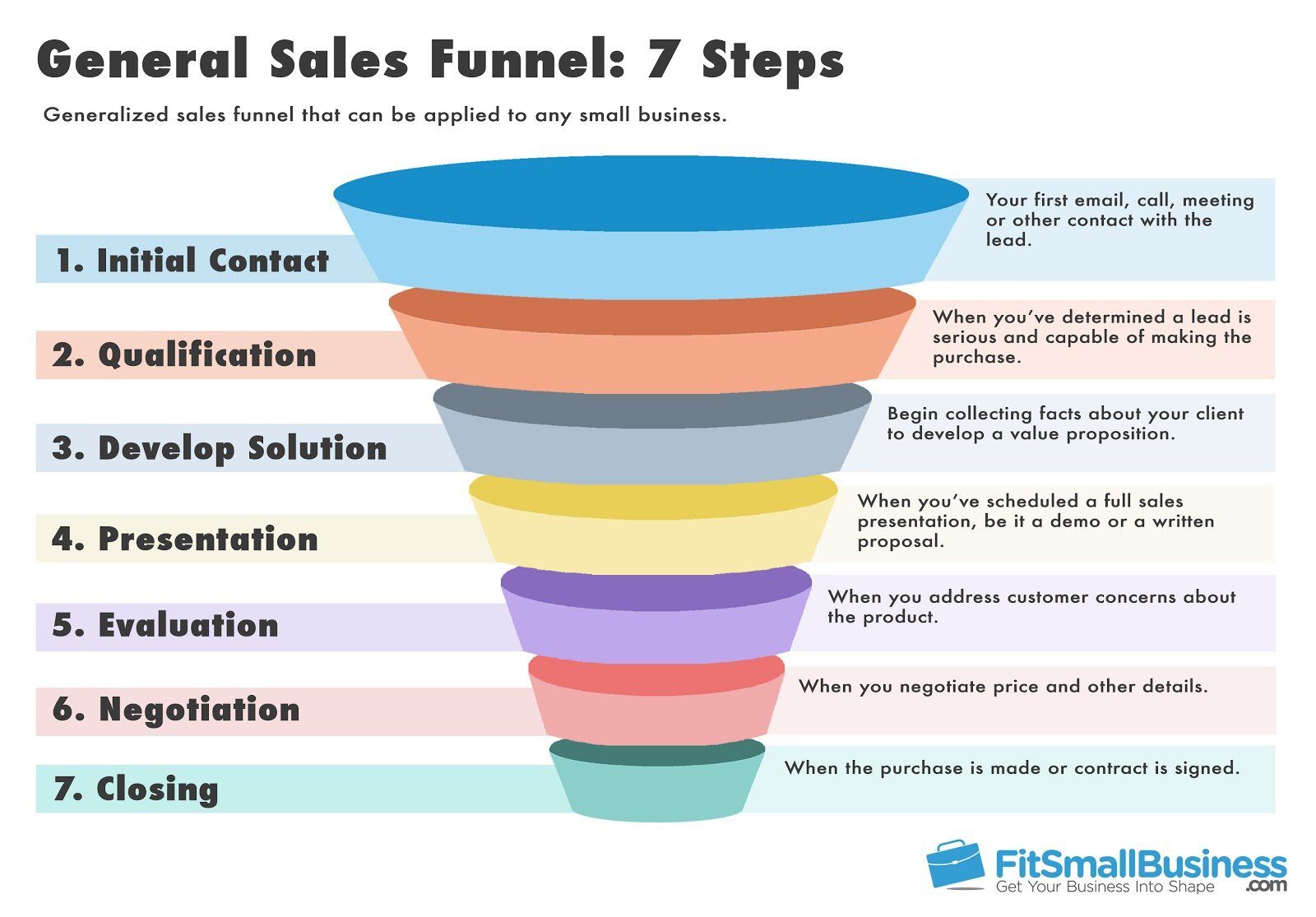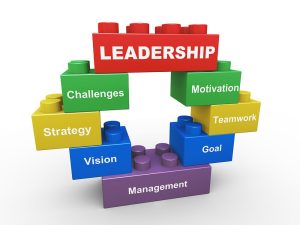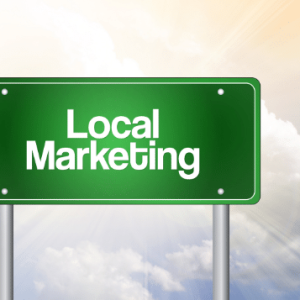
In the world of online businesses, having a well-designed sales funnel is crucial for success. A sales funnel essentially represents a series of steps that guide potential customers towards making a purchase, starting from the moment they discover your product or service.
Step 1: Define Your Ideal Customer
Before creating a sales funnel, it is essential to have a clear understanding of who your target audience is. Determine their demographics, needs, and pain points. This knowledge will help you develop a funnel that specifically caters to their preferences and desires.
Step 2: Create Awareness
The first stage of a sales funnel is creating awareness about your business and offerings. Use various marketing tactics such as social media campaigns, content marketing, and search engine optimization (SEO) to reach your target audience and generate interest.
Step 3: Capture Leads
Once you have made potential customers aware of your business, the next step is to capture their contact information. Lead magnets, such as free e-books or webinars, can be offered in exchange for their email addresses. This allows you to build a database of leads for future interactions.
Step 4: Nurture Your Leads
Now that you have captured leads, it’s important to nurture them and build trust. Use email marketing and targeted content to provide value, educate, and establish yourself as an authority in your industry. Regularly engage with your leads to keep your business top of mind.
Step 5: Offer Solutions
Once your leads are engaged and have developed trust in your brand, it’s time to present them with solutions. Tailor your products or services to their specific needs and pain points. Use persuasive copywriting and compelling offers to increase the likelihood of conversions.
Step 6: Close the Sale
At this stage, it’s all about prompting your leads to take action. Deploy sales tactics, such as limited-time offers or discounts, to create a sense of urgency. Ensure your sales process is seamless and user-friendly, making it easy for your prospects to complete their purchase.
Step 7: Post-Purchase Engagement
Your relationship with your customers does not end after a sale. Engage with them even after they have made a purchase. Offer exceptional customer service, provide relevant upsells or cross-sells, and encourage them to leave reviews or refer others to your business. This will help establish a long-term relationship and foster customer loyalty.
Conclusion
Creating a business sales funnel that converts requires careful planning and execution. By understanding your target audience, creating awareness, capturing leads, nurturing relationships, offering tailored solutions, closing sales, and engaging post-purchase, you can create a highly effective sales funnel that drives conversions and grows your business.

